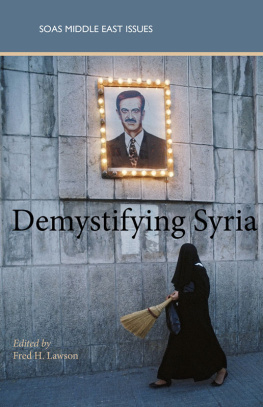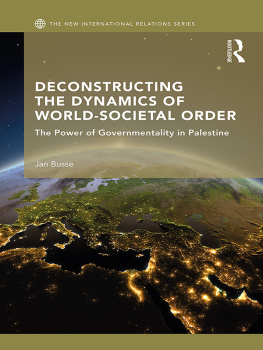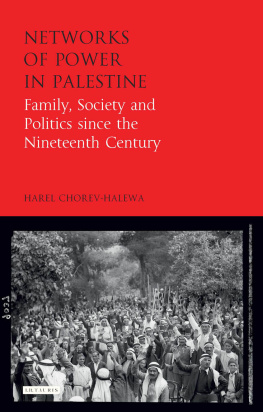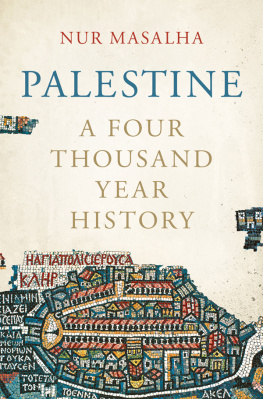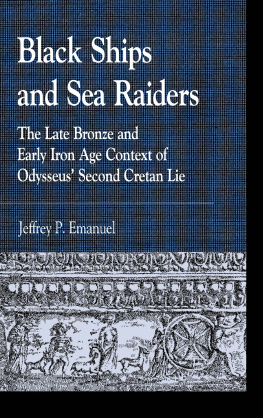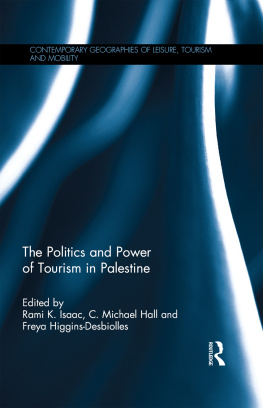SYRIA-PALESTINE IN THE LATE BRONZE AGE
Syria-Palestine in the Late Bronze Age presents an explicitly anthropological perspective on politics and social relationships. An anthropological reading of the textual and epigraphic remains of the time allows us to see how power was constructed and political subordination was practised and expressed. Syria-Palestine in the Late Bronze Age identifies a particular political ontology, native to ancient Syro-Palestinian societies, which informs and constitutes their social worlds. This political ontology, based on patronage relationships, provides a way of understanding the political culture and the social dynamics of ancient Levantine peoples. It also illuminates the historical processes taking place in the region, processes based on patrimonial social structures and articulated through patron-client bonds.
Emanuel Pfoh is a Researcher at the National Research Council (CONICET) and teaches in the Department of History of the National University of La Plata, Argentina. He is the author of The Emergence of Israel in Ancient Palestine: Historical and Anthropological Perspectives (2009) and The Politics of Israels Past: The Bible, Archaeology and Nation-Building (co-edited with K.W. Whitelam, 2013), among other studies.
COPENHAGEN INTERNATIONAL SEMINAR
General Editors: Ingrid Hjelm and Thomas L. Thompson
both at the University of Copenhagen
Editors: Niels Peter Lemche and Mogens Mller,
both at the University of Copenhagen
Language Revision Editor: James West
at the Quartz Hill School of Theology
Available:
JAPHETH BEN ALIS BOOK OF JEREMIAH
Joshua A. Sabih
THE EMERGENCE OF ISRAEL IN ANCIENT PALESTINE
Emanuel Pfoh
ORIGIN MYTHS AND HOLY PLACES IN THE OLD TESTAMENT
Lukasz Niesiowski-Span
CHANGING PERSPECTI VES I
John Van Seters
ARGONAUTS OF THE DESER T
Philippe Wajdenbaum
THE EXPRESSION SON OF MAN AND THE DEVELOPMENT OF CHRISTOLOGY
Mogens Mller
BIBLICAL STUDIES AND THE FAILURE OF HISTORY
Niels Peter Lemche
BIBLICAL NARRATIVE AND PALESTINES HISTORY
Thomas L. Thompson
IS THIS NOT THE CARPENTER?
Edited by Thomas L. Thompson and Thomas S. Verenna
THE BIBLE AND HELLENISM
Edited by Thomas L. Thompson and Philippe Wajdenbaum
RETHINKING BIBLICAL SCHOLARSHIP
Philip R. Davies
REPRESENTING ZION
Frederik Poulsen
BIBLICAL INTERPRETATION BEYOND HISTORICITY
Edited by Thomas L. Thompson and Ingrid Hjelm
Forthcoming:
HISTORY, ARCHAEOLOGY AND THE BIBLE FORTY YEARS AFTER HISTORICITY
Edited by Ingrid Hjelm and Thomas L. Thompson
THE JUDAEOKARAITE RECEPTION OF THE HEBREW BIBLE
Joshua A. Sabih
SYRIA-PALESTINE IN
THE LATE BRONZE
AGE
An anthropology of politics and power
Emanuel Pfoh

First published 2016
by Routledge
2 Park Square, Milton Park, Abingdon, Oxon OX14 4RN
and by Routledge
711 Third Avenue, New York, NY 10017
Routledge is an imprint of the Taylor & Francis Group, an informa business
2016 Emanuel Pfoh
The right of Emanuel Pfoh to be identified as author of this work has been asserted by him in accordance with sections 77 and 78 of the Copyright, Designs and Patents Act 1988.
All rights reserved. No part of this book may be reprinted or reproduced or utilised in any form or by any electronic, mechanical, or other means, now known or hereafter invented, including photocopying and recording, or in any information storage or retrieval system, without permission in writing from the publishers.
Trademark notice: Product or corporate names may be trademarks or registered trademarks, and are used only for identification and explanation without intent to infringe.
British Library Cataloguing-in-Publication Data
A catalogue record for this book is available from the British Library
Library of Congress Cataloging-in-Publication Data
A catalog record for this book has been requested
ISBN: 978-1-844-65784-1 (hbk)
ISBN: 978-1-315-67881-8 (ebk)
Typeset in Times New Roman
by Swales & Willis Ltd, Exeter, Devon, UK
PARA EVA
CONTENTS
PART I
Syria-Palestine during the Late Bronze Age11
PART II
Political systems in Syria-Palestine89
PART III
Patrons and clients in the Levant121
This study is based on a PhD dissertation in History, written in Spanish and defended in 2011 at the University of Buenos Aires. My former PhD advisor, Marcelo Campagno, is to be thanked for his criticism and orientation while I was working on the dissertation and also for his advice during my years as a PhD student.
To Ingrid Hjelm, general editor of the Copenhagen International Seminar, I offer my thanks for her patience and support during the intermittent process of converting a PhD thesis into a book manuscript and also for her comments and suggestions. I also acknowledge here the support and advice of my Copenhagen godfathers Thomas L. Thompson and Niels Peter Lemche over the years, and Jim Wests revision of the language of the manuscript. I must also thank Tristan Palmer from Acumen Publishing, where this project started, for his patience and kindness, as well as the staff at Routledge, especially Lizzi Thomasson, and my copy-editor, Jeanne Brady. I am also grateful to Eisenbrauns and Harrassowitz for letting me adapt and reproduce a chart and a map from two of their books.
Any monographic composition of a considerable size accumulates many personal and academic debts throughout the years. Several scholars (stripped here of their academic titles and in alphabetical order) must be mentioned: Giorgio Buccellati, Francisco Cntola, Birgit Christiansen, Romina Della Casa, Elena Devecchi, Roxana Flammini, Julin Gallego, Augusto Gayubas, Graciela Gestoso Singer, Anne Katrine Gudme, Douglas A. Knight, Gunnar Lehmann, Mario Liverani, Alejandro Mizzoni, Luciano Monti, Jana Mynov, Adelheid Otto, Diego Paiaro, Luca Peyronel, Gisle Seimandi and Nicolas Wyatt. They all suggested many useful bibliographic sources, or provided advice or questions to my understanding of the topics discussed, for which I am very grateful. A special mention goes to Philippe Guillaume who provided me literally with dozens of articles in a most patient manner. Needless to say, I am solely responsible for the arguments (and limitations, possible omissions and/or errors) presented in the following pages.
The bibliographic research for this study was completed while beginning work on a different project, during a three-month research stay at the University of Tbingen, funded by the Faculty of Humanities, National University of La Plata, and the National Research Council (CONICET). To my host, Professor Herbert Niehr, I remain grateful for his hospitality and assistance.
Finally, I must acknowledge the greatest debt of gratitude to my wife Eva for putting up with my moods and fancies while producing the manuscript, but especially for being always such a beautiful person. The book is rightly dedicated to her, with love.
Technical note on translations
All translations into English are mine, unless otherwise indicated. When quoting epigraphic-textual sources, the reproduction of transliterated texts in ancient languages will be done only when a direct interpretation of the text in its original language is of relevance for the argumentation.
For the Amarna letters, I have mainly followed the translation in Morans
Next page

